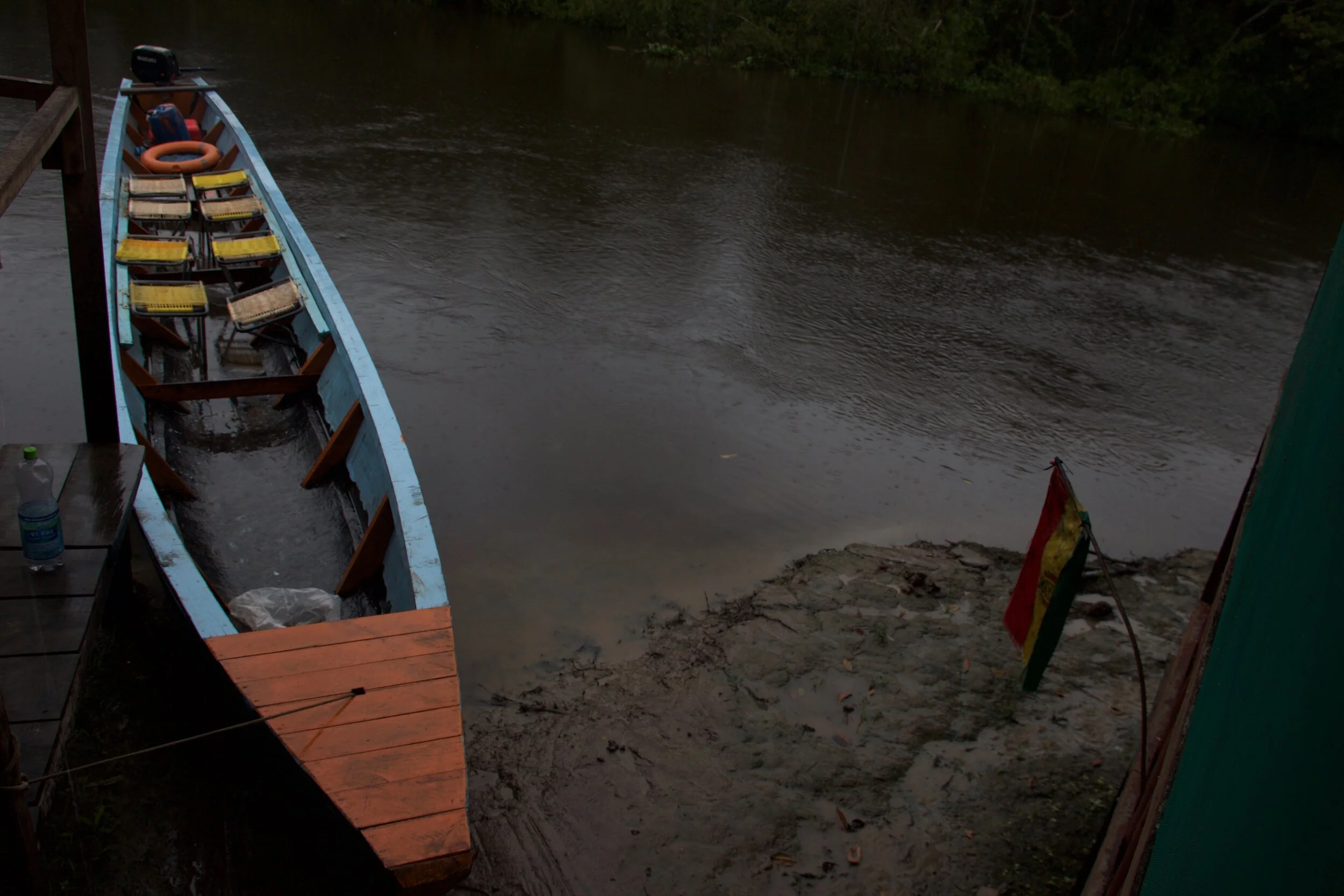Border Crossings in South America
Border crossings in South America rank up there with some of the more confusing and oftentimes disorganised experiences that you will come upon in all of your time in South America. We’re talking hidden Visa costs, uncommunicative guards, and inconsistent rules. All of this makes sense however, South America is a colossal and hugely diverse continent, with a myriad of different policing systems, immigration departments and forms of government. However, if you plan on travelling South America via bus, these crossings cannot be avoided, so you need to be prepared for long waits, frustrating guard experiences, and occasionally long walks. Read on for my five tips on how to deal with land border crossings in South America.
Do your research
This is the easy one. A cursory google search about each border crossing will save you time, disappointment and frustration upon reaching the border, Whilst some bus companies will tell you what you need for any border crossing, this will often depend upon your nationality, so definitely read up on your governments website about the following for you for each country you plan to enter/exit.
entry/exit requirements
maximum length of stay
visa or reciprocity fee
VISA
If you are lucky enough to be a resident of a country within South America, this part doesn’t apply to you. However, for everyone else, each country in South America has different Visa requirements for entry. For example, Argentina previously required Australians entering the country to pay a $100 USD ‘reciprocity fee,’ to visit, but removed this in 2017. However, for many other nationalities, this reciprocity fee still remains. Make sure you do your research about these and pay any entry/exit fees days in advance of your proposed border crossing. Also, print out evidence of this payment - when I was there, a screenshot was not good enough. You’ll need this for the border guards before gaining entry.
BE PREPARED
I know, I sound like a Boy Scout here - ‘Be Prepared.’ However, when considering a land border crossing in South America, you need to be prepared for all eventualities. This means that any time you intend to cross a border, prepare for a long delay, a bus breakdown, a difficult guard, a sudden drug search, or a local police sting into illegal immigration across borders. I saw all of this in my 6 months in South America, and was prepared for none of it. So, in light of this listicle, let’s make a quick listicle of things you should always bring to the border.
Water
Something to read
Printed copy of your visa payment (read post above)
Warm clothing
BASIC spanish
Ok, this one screams ‘obviously,’ but is worth thinking about. South America is not Europe, and the levels of English that you can expect the Police, Military and Immigration officers to speak will often vary considerably. The thinking backpacker will expect that Immigration officials will speak no english, and prepare accordingly. This means having some really basic phrases at the ready.
Do you speak English? - Habla Ingles?
Can you speak more slowly? - Puede habla mas despaccio por favore
I’m sorry - Lo Siento
I am staying here for (insert number of days) - me estoy quedando aquí por
PATIENCE
Oh God, how I needed to be taught this before my crossing between Argentina into Bolivia. This crossing took some 3 hours, and involved a walk through the desert after a 2 hour bus ride, an hour wait at the tiny border post, and then a further walk through the nearby town to the next bus. At the time, I’m more than positive that I let my frustration be known, yet it changed nothing. Border guards in South America work in a job that are often understaffed, extremely remote, and occasionally highly isolated. Thus, their day-to-day is never likely to be easy, and it certainly doesn’t help to have an irate twenty-somthing backpacker venting at them. My advice, take it slow, expect massive delays, and try and see the light in it. Also, border crossings are often excellent ways to meet some new travellers - one of the closest friends that I made in South America was in the line before me between Bolivia and Peru - the sheer ludicrousness of the wait we faced really helped us bond.
DRUGS
In terms of contraband between countries, the major thing that border guards in South America seem to be particularly attentive to is drugs. In particular, cocaine. If you don’t know why, research how the narco-traffic trade, western cocaine use and the ensuing war on drugs has impacted the lives of the average citizen in a Latin American country. The truth will illuminate and horrify you. Thus, many Latin American borders will have trained (possibly untrained) sniffer-dogs, and a series of very serious looking soldiers with very big guns will stare you down unflinchingly. Your bags will be searched, dogs will sniff you, and guards may question you about ‘drogas’ (drugs). This may happen at a variety of checkpoints along the way to a border, or only at the border. If you plan on carrying drugs, it’s extremely likely that they’ll be found, and you’ll be in a Latin American prison for the foreseeable future. Don’t do.
Any specific border crossing questions? Fire away in the comments down below.











Sucre is the best town in Bolivia and here’s why.